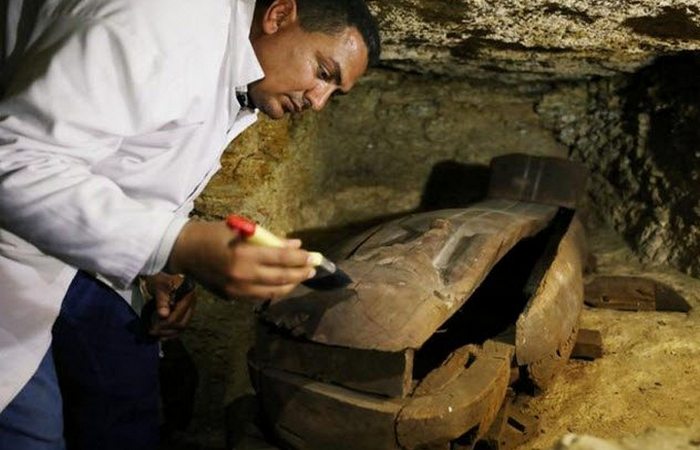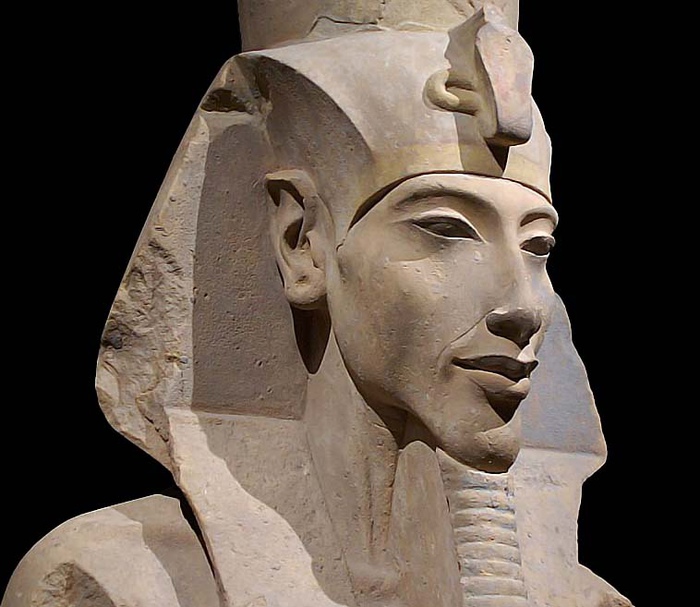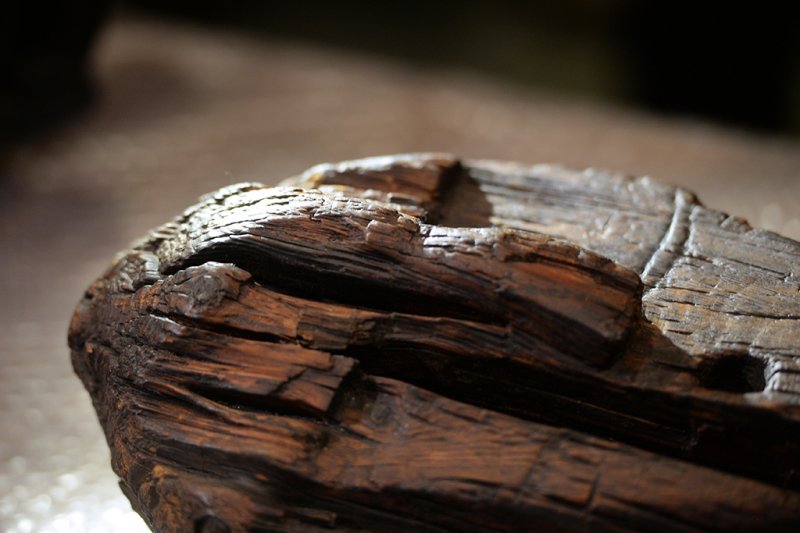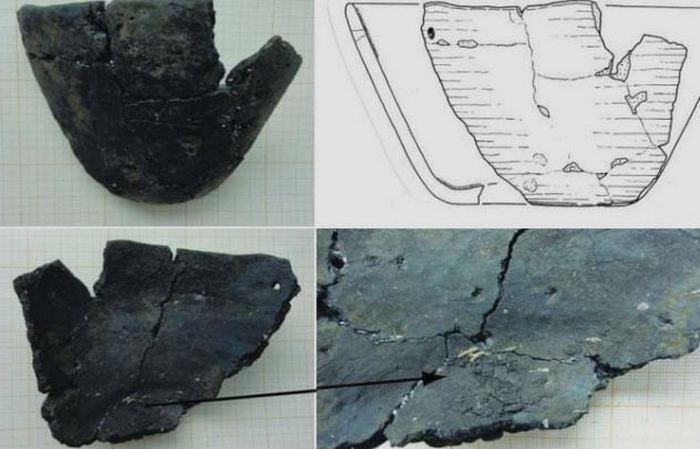Found the 3700-year-old remains of a pregnant woman: How to give birth in ancient Egypt
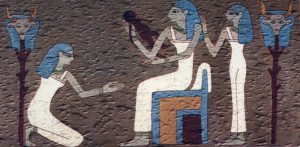 During excavations in southern Egypt, archaeologists discovered the skeleton of a pregnant woman. The burial is about 3,700 years old and, as scientists assume, the find may shed light on the history of fertility and survival in the ancient world. The fact is that the mother and her child supposedly died during childbirth. And for ancient Egypt, this is a very typical situation.
During excavations in southern Egypt, archaeologists discovered the skeleton of a pregnant woman. The burial is about 3,700 years old and, as scientists assume, the find may shed light on the history of fertility and survival in the ancient world. The fact is that the mother and her child supposedly died during childbirth. And for ancient Egypt, this is a very typical situation.
Literally the other day, the Egyptian Ministry of Antiquities officially reported that during the excavations carried out by the Italian-American group of archaeologists in the burial grounds not far from Aswan, a skeleton of a pregnant woman was found with a child stuck in the pelvis head down. Scientists have concluded that the death of an Egyptian woman, most likely, was caused by childbirth.
“The discovery of a pregnant woman who may have died in childbirth is the rarest case in archeology,” explains Sanda Wheeler, a bioarchaeologist, professor at the University of Central Florida. – Bones of mother and baby will help us to get more information about the mortality of women in labor in ancient Egypt.
In this state, motherhood increased the social status of women, because the culture of ancient Egypt honored children and worshiped fertility. However, as scientists assume, for several reasons (lack of hygiene, poor knowledge of obstetric care, etc.), childbirth often resulted in the death of a woman, and the remains found only confirm this hypothesis.
The researcher notes with caution that without the presence of soft tissues it is impossible to name the cause of death with 100% accuracy. However, indirect signs also testify in favor of the fact that childbirth was difficult. The skeleton pelvis is somewhat displaced, which, according to Wheeler, may indicate that in her youth, at an important stage of her female development, the Egyptian woman suffered an injury or was seriously undernourished. And it could play a fatal role during the birth process. Archaeologists also call the approximate age of this woman: at the time of pregnancy she was about 25 years old.
The fact that birth in ancient Egypt was a deadly process is also confirmed by excavations previously conducted by archaeologists in the Dakhla oasis located in the Western desert of Egypt. Then, scientists discovered about 200 premature fetuses – probably these were miscarriages. All of them were also buried several thousand years ago, roughly in the same period of time. Interestingly, each of them was buried separately. Apparently, the ancient Egyptians considered premature deceased babies to be full-fledged people and grieved for them just as they did for dead little children.
How was life pregnant in ancient Egypt
The ancient Egyptians associated with pregnancy and childbirth a lot of complex beliefs and spiritual practices. A woman who reproduces offspring was assigned a crucial role. It was believed that if the wife is not able to conceive, the husband has the full right to divorce her, because she can not give him heirs.
However, in ancient Egypt, there was contraception. Moreover, it was officially authorized. Archaeologists have discovered many ancient texts with recipes that supposedly help a woman avoid pregnancy. Some of the listed ingredients are currently difficult to identify, but those formulas that have been deciphered can mostly look somewhat doubtful. For example, a mixture of celery and beer was considered a “miracle cure”.
At the same time, there were more reasonable recommendations from doctors, and this indicates that some ancient doctors had quite good basic knowledge in the field of medicine. For example, they used spermicide from fermented acacia gum. The lactic acid obtained from it kills the sperm, and the Egyptians knew this very well. Also, according to records on ancient papyrus, doctors understood the very principle of conception and fetal development in a woman’s body (for example, infants wrote “he came out of an egg”), and also knew how to calculate terms of labor.
The pregnant woman in ancient Egypt was treated with great respect, because she, according to local mythology, was patronized by the goddess Tenenet. It was believed that she protects babies and their mothers. The ancient artists portrayed this goddess either in human form, or in the form of a lioness or a snake. Pregnant women also prayed to the goddess Taurt, who, according to their beliefs, helped with childbirth and was usually depicted as a vertically standing female hippopotamus with impressive size female breasts.
And throughout the entire pregnancy, the expectant mother wore special protective amulets on her necklaces and bracelets.
Up to the onset of childbirth, the body of the Egyptian woman was rubbed with “healing” oils, each of which was stored in a special bottle that resembled a pregnant woman.
If the couple wanted to know the sex of the unborn child, they resorted to a very common method, which the Greeks, Byzantines, and even Europeans later borrowed from the Egyptians.
